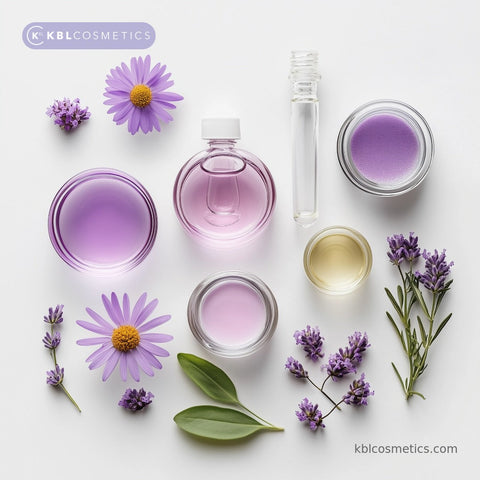Emollient creams are moisturizing agents that soften and smooth the skin by filling in gaps between skin cells. They help restore the lipid barriers of the stratum corneum and support overall skin barrier function. Humectants, such as hyaluronic acid, attract and retain moisture in the outer layers of the skin. These two categories of ingredients are essential components in skin care products designed to maintain hydration and comfort across various skin types.
Key cosmetic ingredients in skincare
Common humectants include sodium PCA, sodium lactate, and pyrrolidone carboxylic acid (also known as pyrrolidine carboxylic acid). Alpha hydroxy acids like lactic acid, glycolic acid, and citric acid, as well as beta hydroxy acid like salicylic acid, are used to exfoliate and renew the skin. These cosmetic ingredients work alongside emollients and humectants to improve texture and hydration, making them key components in cosmetic and personal care products formulated for different needs.
Emollient esters, occlusive agents, and film-forming agents
Emollient esters, along with natural cosmetic oils like coconut oil and aloe vera, enhance skin softness. Occlusive agents form a physical barrier on the skin to prevent moisture loss, which is especially important in supporting damaged lipid barriers. Film-forming agents further protect the skin by creating a breathable, protective layer that locks in hydration.
Using chelating agents and osmolytic agents
Chelating agents are used in cosmetic care to bind and neutralize metal ions that could otherwise destabilize a product. Osmolytic agents, including sodium PCA and sodium lactate, help maintain optimal hydration levels in the skin, even under environmental stress. These elements contribute to more stable and effective cosmetic formulas.
Formulation considerations for different skin types
Cosmetic chemists tailor products to match specific skin types and conditions, including common skin diseases. For example, those with dry or sensitive skin benefit from rich emollient creams containing humectants and occlusives. In contrast, products for oily or acne-prone skin may focus on lightweight humectants and exfoliating acids like salicylic acid, while limiting heavy occlusive agents.
Balancing exfoliation with skin barrier support
Alpha hydroxy acids can improve cell turnover but must be balanced carefully to avoid disrupting the stratum corneum. Overuse of exfoliating agents can impair skin barrier function, leading to irritation. Proper formulation includes combining these acids with soothing humectants and emollients to maintain a healthy barrier while still offering exfoliating benefits.
Formulating effective skin care products
A well-rounded skincare product typically includes:
- Humectants (e.g., hyaluronic acid, sodium PCA)
- Emollients (e.g., coconut oil, aloe vera, emollient esters)
- Occlusive agents (e.g., ceramide-dominant lipid, film-forming agents)
- Exfoliants (e.g., glycolic acid, lactic acid, salicylic acid)
- Stabilizing ingredients (e.g., chelating agents, osmolytic agents)
This combination ensures that moisturizing agents function effectively while supporting the skin barrier across a range of applications.
Please contact us to get started.
